Military history is filled with tales of overcoming adversity and outsmarting adversaries, by using everything from risky strategies to unconventional problem-solving.
The United States military has used its own share of remarkable creativity, with some examples that have gained renown because of their success or the total improbability of their achievement. (See one example using pigeons.) This compilation highlights some of the most unusual examples of innovative military concepts.
Here are ten innovative and unconventional ideas the US military used that actually worked:
Reindeer Rescue
Sailors are known for their resilience and resourcefulness, but sometimes even the toughest among them can be at the mercy of nature. In 1897, eight whaling ships and their 265 crew members found themselves trapped in Arctic ice. With no means of getting supplies or being rescued, U.S. President William McKinley turned to the Revenue Cutter Service (RCS) for help. The RCS was the predecessor of today’s Coast Guard.
The RCS devised a plan to save the sailors, involving the formation of a volunteer unit that could travel the 1,600 miles starting in December and remain until March of the next year. Along the way, they would buy reindeer to be used as food for the trapped sailors until the ice melted in the spring. Despite the loss of three sailors before the volunteers arrived, the plan was successful.
The Philippine Vampire

In 1950, the United States, concerned about a Communist insurgency in the Phillippines, deployed professional psychological specialists to help combat it. During their assessment, the unit commander discovered that local fighters were extremely superstitious and believed in mythical creatures like “asuangs,” which included weredogs, witches, ghouls, vampires, and other malevolent beings.
One legend involved a vampire that lived in remote forests and could disguise itself as a beautiful woman and drain a victim’s blood with a proboscis-like tongue. Recognizing the potential usefulness of this myth, U.S. forces capitalized on it to deceive the enemy.
The U.S. forces initiated a rumor of a vampire asuang sighting near the village. After the rumor gained traction with the locals, soldiers set up ambushes along a trail, capturing the last man in the passing patrols unnoticed. Then they would pierce the the captive’s neck, making it look like a vampire bite, drain their blood, and leave the body on the trail to be discovered by the next patrol. This plan worked as the communist rebels fell for the scam and evacuated the area.
Union Train Joyride
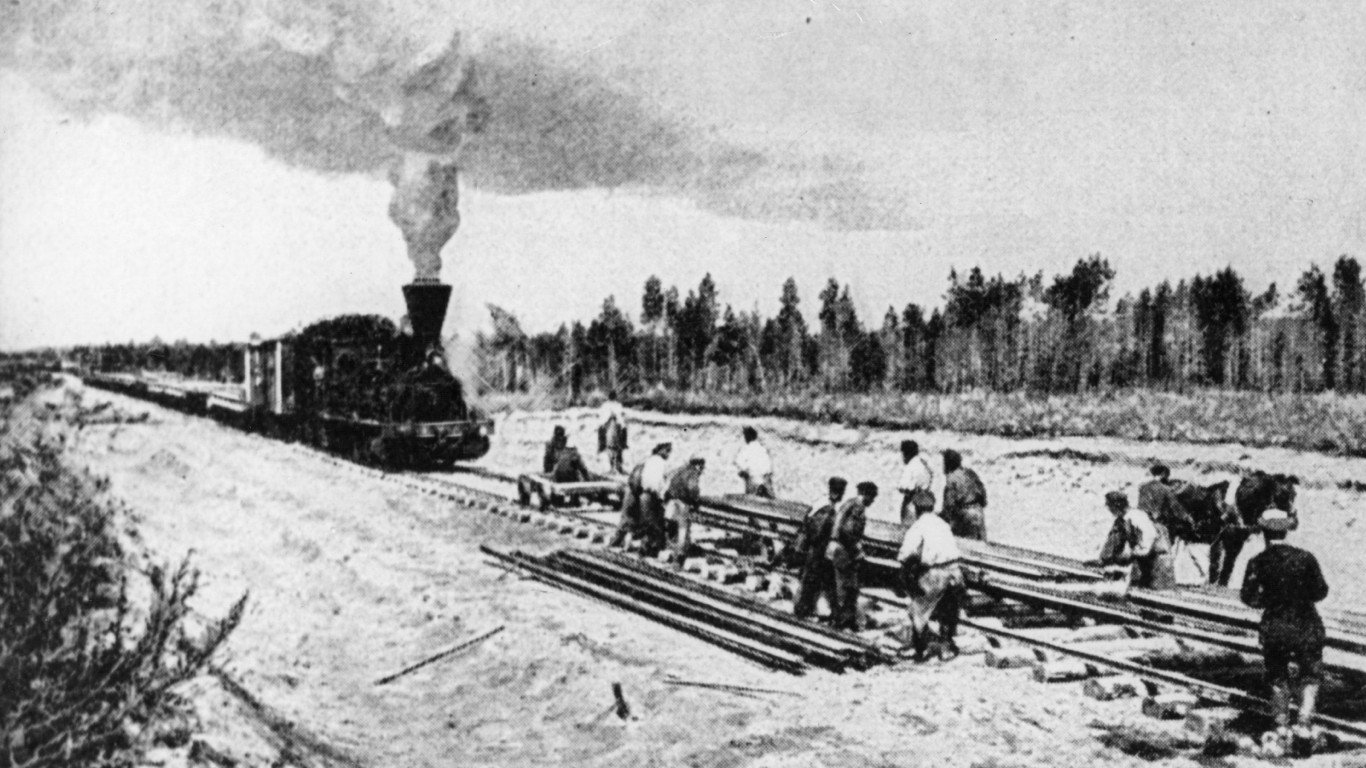
Disrupting an enemy’s communication infrastructure can be a crucial element of any military strategy. Whether through intercepting messengers, targeting carrier pigeons, deciphering codes, or disabling communication equipment, eliminating enemy communication is essential to success. However, few commanders would have considered the unconventional tactic of a train heist.
The event, known as the Great Locomotive Chase, Andrews’ Raid, or the Mitchel Raid, occurred during the American Civil War. Union Army volunteers, led by civilian James J. Andrews, launched a daring raid on Confederate telegraph stations. Their plan involved commandeering a train, named The General, to create chaos along their route. They led Confederate forces on an 87-mile chase that included a second train, The Texas.
By destroying telegraph wires and stations, the Confederacy was unable to warn others of the upcoming disruption. When they were captured, eight raiders were immediately executed, while the rest were imprisoned for the rest of the war. The survivors were the first recipients of the newly established Medal of Honor.
Battle of Castle Itter
The defense of Castle Itter is a great example of the quick thinking and resourcefulness of a military commander in unforeseen circumstances.
Situated on a hill near the village of Itter in Austria, Castle Itter was seized by Germany and transformed into an SS prison, designed to hold high-value prisoners for the SS. When Lieutenant John C. “Jack” Lee Jr. led his troops to capture the castle, they liberated French prisoners being held. However, their victory was short-lived as a unit of the SS soldiers from the 17th SS Panzergrenadier Division approached the castle.
Realizing they did not have the manpower to fight off the attackers, Lee came up with an idea: enlist the aid of the newly freed prisoners to help, knowing that many German soldiers hated the SS. His intuition was correct, as the German troops, now captives themselves, eagerly joined the defense. With their assistance, the defenders held off the 150 SS troops until reinforcements arrived, showing the unlikely alliance forged in the heat of the battle.
Operation Fortitude
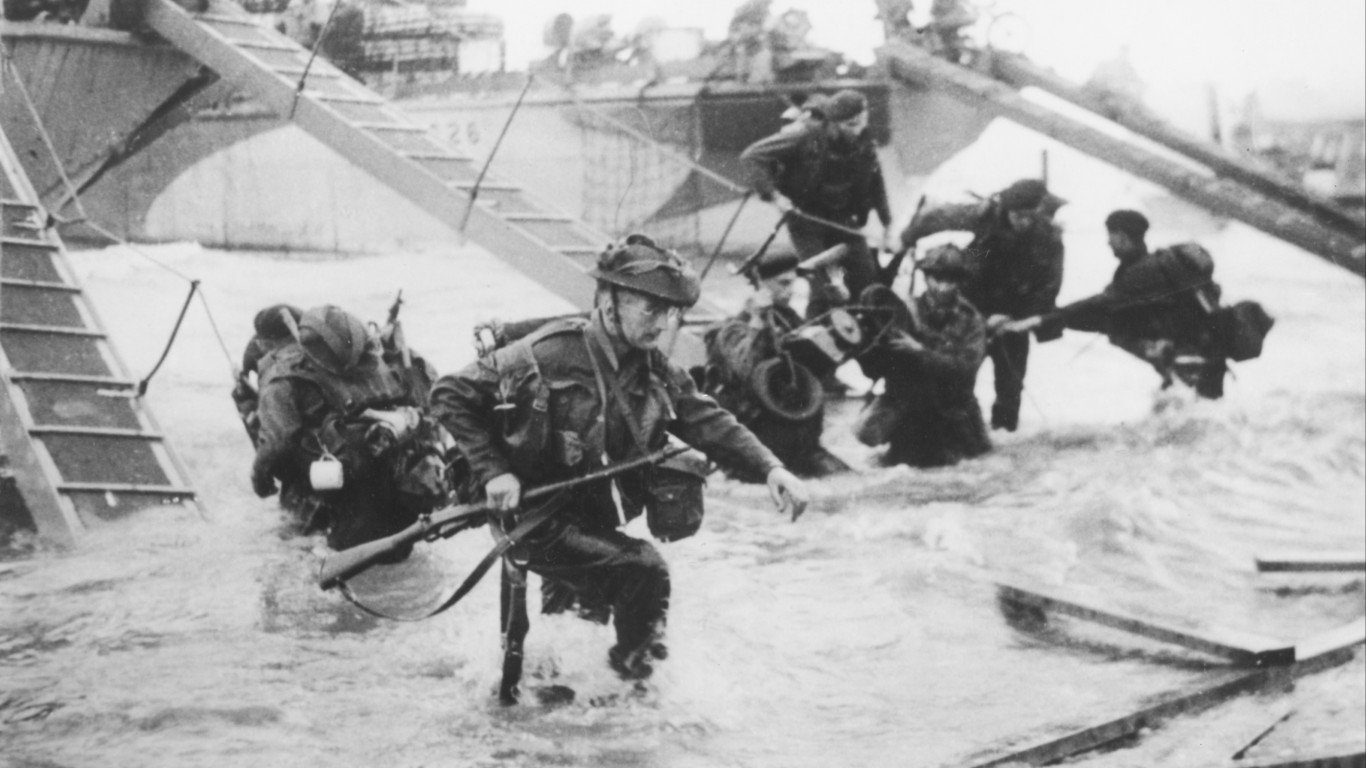
Aware of the inevitability of a naval invasion of Europe, the Axis powers prepared for the Allies’ eventual attempt to reclaim the continent. Recognizing the strategic significance of a sea-based invasion, Hitler and the German forces anticipated such a move. To counter the threat, Operation Fortitude was developed as part of the larger Operation Bodyguard, aimed at deceiving and misleading German forces about the timing and location of the invasion.
Operation Fortitude involved long-term plans and operations involving double agents, dissemination of misinformation, and the creation of fictitious armies in England. These phantom armies, complete with inflatable tanks, and mock planes, were designed to deceive German reconnaissance planes and create the illusion of a military buildup in locations other than Normandy.
Operation Fortitude was so successful, in fact, that even after the Normandy landings of D-Day, Hitler remained convinced that it was a diversionary attack meant to divert attention from the true invasion sites.
Operation Coldfeet
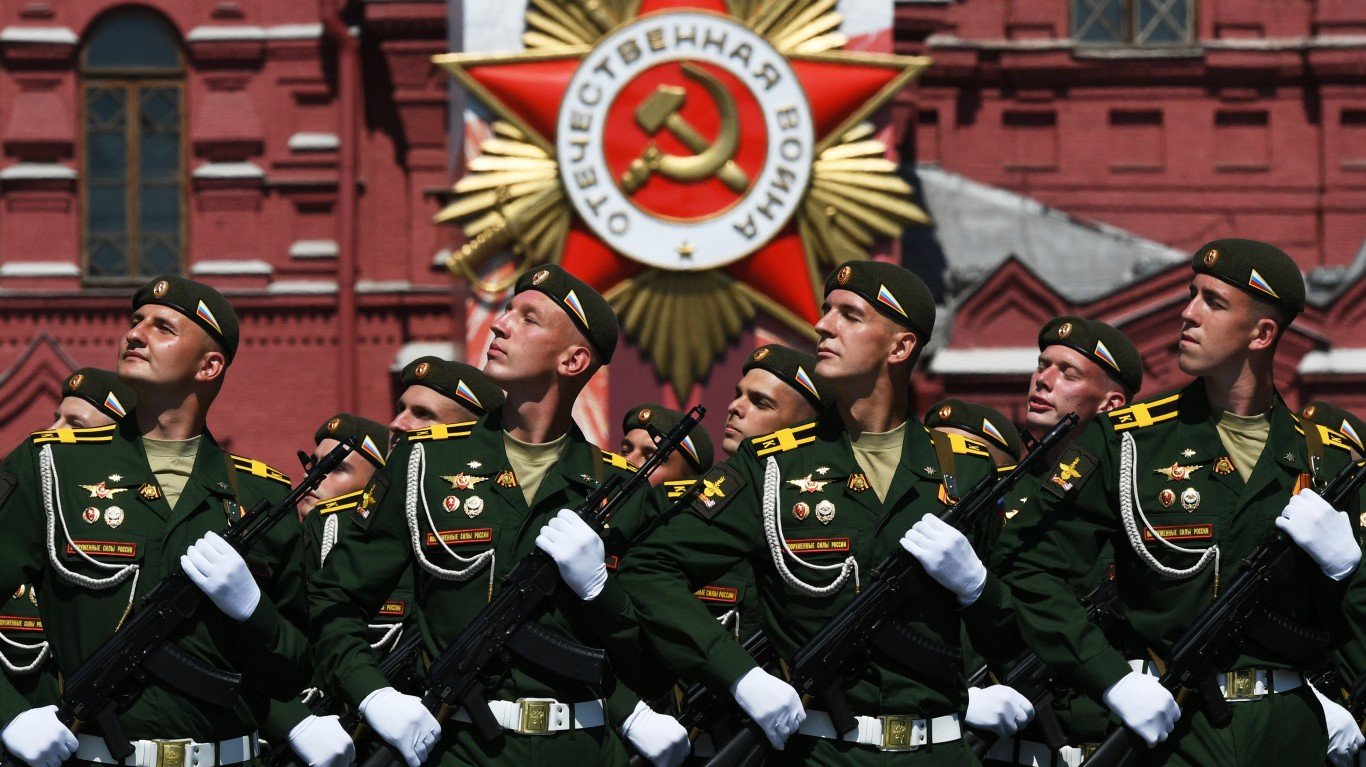
During the Cold War, the United States and the Soviet Union were engaged in fierce competition across various geographic regions, including the Arctic. In 1962, the CIA devised a plan to gather intelligence on Soviet activities and experiments in the Arctic.
At that time, the Soviet Union had established a drifting ice station, which was later discovered by a U.S. naval aircraft. The Soviets confirmed that the station had been abandoned due to the destruction of its runway by the shifting ice. Seeing this as an opportunity to gain valuable insights into the Soviet technology, the United States launched Operation Coldfeet.
This operation involved parachuting two CIA operatives from military aircraft onto the station. Over the course of a week, the operatives explored the base, salvaging materials and technology they thought were significant. To evacuate from the frozen base, the U.S. military used a skyhook system, where a line attached to a balloon was used to lift the operatives and equipment into the air.
The salvaged items revealed that the Soviets had developed advanced acoustic technology for detecting U.S. submarines in the Arctic and that their meteorology technology was far superior to that of the United States.
Lunar Probe Heist
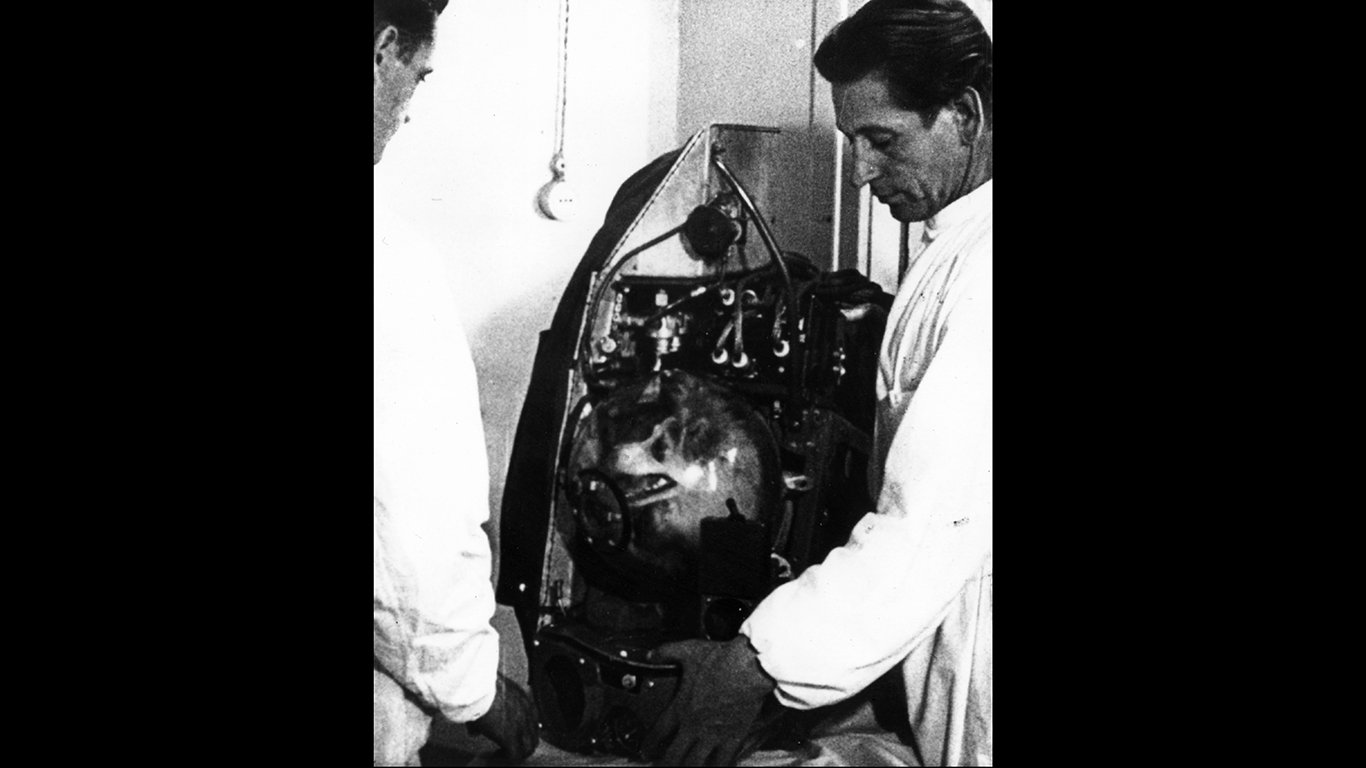
During the 1960s, the Soviet Union led the space race, with the U.S. desperately trying to catch up. As part of their propaganda campaign, the Soviets showcased their scientific achievements worldwide, including within the United States. Among their exhibits was a replica of their lunar space probe, Lunik, which had successfully reached the moon in 1959.
Suspecting that the displayed Lunik might be the genuine article rather than a replica, the United States devised a daring plan to confirm those suspicions. Initial attempts to gain entrance to the closed exhibit were foiled by vigilant Soviet guards. Other schemes, like diverting the train transporting the exhibit, seemed too risky. Eventually they opted for the brazen approach of stealing the truck that was taking Lunik from the exhibit to the train.
They arranged for the lunar probe to be loaded onto the last truck out of the exhibition and switched the driver at the last moment. They drove the truck to a secluded junkyard where they dismantled the lunar probe for analysis. Their suspicions proved correct and the CIA was able to gain valuable insights into Lunik’s technology and capabilities. By morning, the reassembled Lunik was back on the truck at the rail yard and the Soviets never knew what had happened.
Continental Army New York Ruse
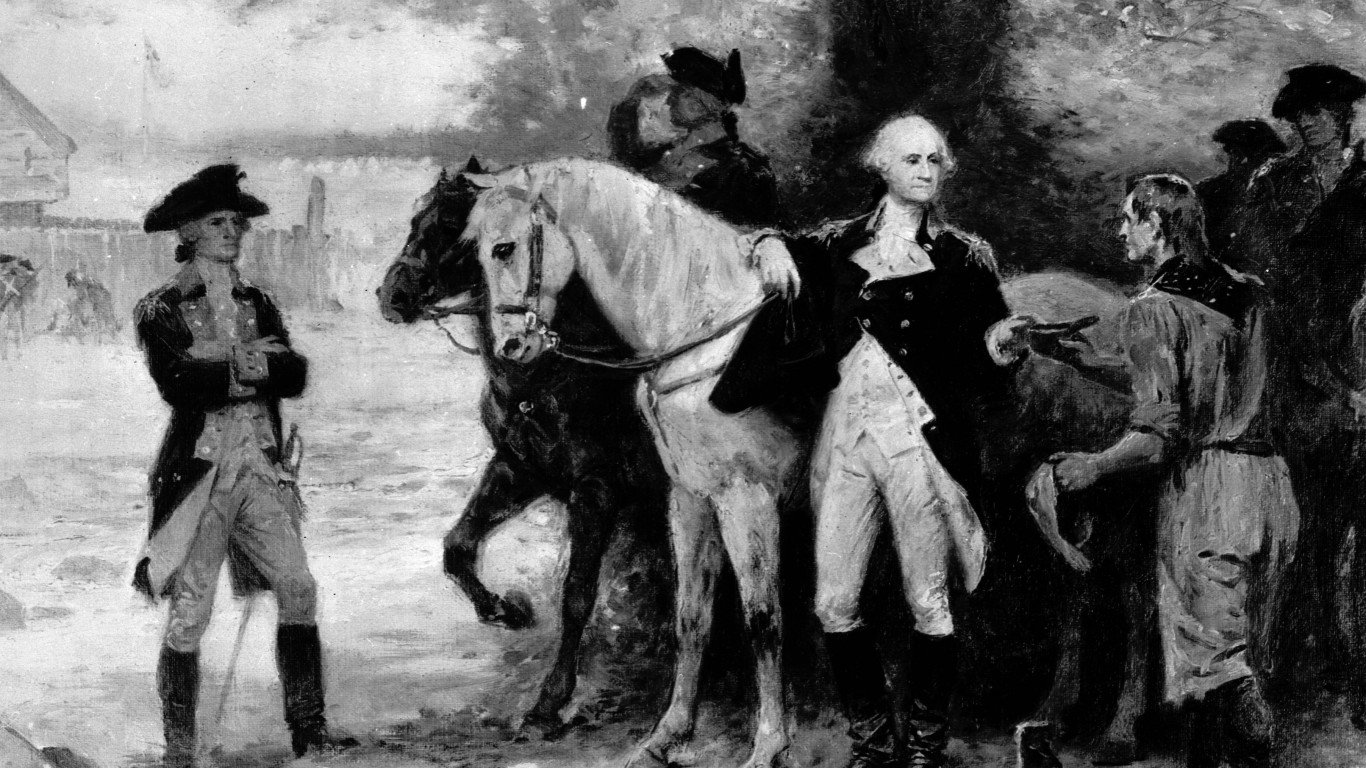
George Washington was a master of espionage and deception during the American Revolutionary War. He used tactics such as codes, ciphers, and disappearing ink, and wrote letters with fake armies, troop counts, and other misinformation to deceive and mislead British forces.
At the close of the war, Washington initially favored attacking the British forces in Staten Island. However, he was convinced to attack the forces in Yorktown instead. Despite the strategic shift, he went to great lengths to convince the British that he still planned on staying in New York and attacking Staten Island. He set up extra French bakeries to make it look like his army was going to be in the area long term. He wrote false orders and letters. The ruse worked and Washington was able to delay enemy reinforcements to Yorktown and win the war.
WWII Native American Code Talkers

During World War II, codebreaking becam a crucial aspect of military operations, particularly in the Pacific Theater where secrecy was vital due to the Japanese determination to fight American forces at any cost. Typical codes could be broken eventually, so the U.S. needed something more secure, yet easy to transmit.
As a result of this situation, Code Talkers were developed. Native American Code Talkers were a number of Native American members of the military who transmitted messages using their native languages. These languages include Assiniboine, Basque, Cherokee, Choctaw, Comanche, Cree, Hungarian, Meskwaki, Mohawk, Muscogee, and most notably, Navajo. The code talkers were so successful, in fact, that their code remained unbroken throughout the war, making it the only military code never deciphered.
During the intense battle of Iwo Jima, eight Navajo code talkers transmitted 800 messages flawlessly. Major Howard Connor, the signal officer for the battle said, “Were it not for the Navajos, the Marines would never have taken Iwo Jima.”
Capture of HMS Eagle
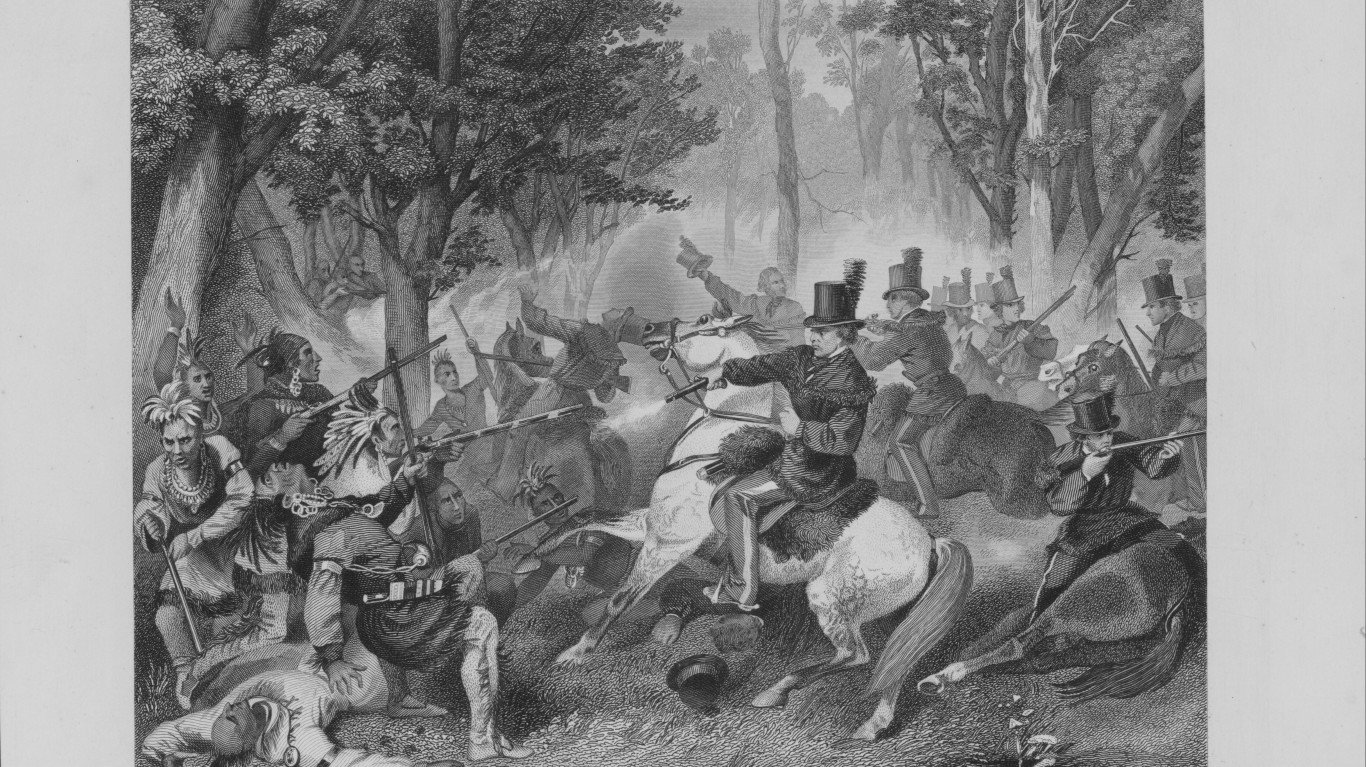
During the War of 1812, British naval blockades posed a significant challenge to American ports and shipping centers. With control of the seas, the British could control the flow of trade, restrict any offshore operations by the United States, and decide where and when to land new troops.
To address this threat, Naval officer John Percival devised a plan to end the problem once and for all. He acquired a fishing ship, Yankee, and hid 34 armed volunteer sailors on board. Disguised as fishermen, Percival and two others made the ship look like it was going out to sea for fishing. When the Eagle approached to intercept it, Percival launched a surprise attack and his volunteers climbed aboard the Eagle and opened fire. The British crew quickly surrendered and there were only two British sailors killed and no American casualties. Percival sailed the captured Eagle back to port just as everyone was celebrating Independence Day.


